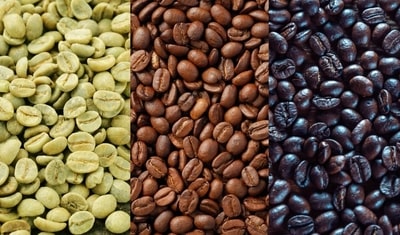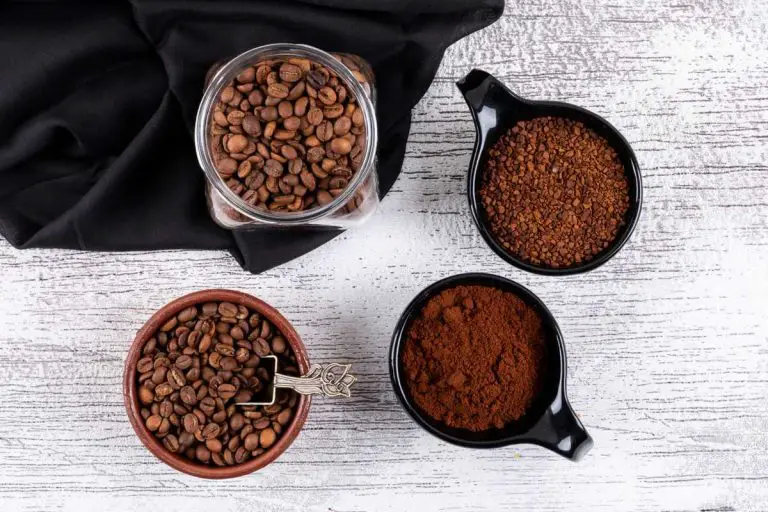Can You Make Espresso in a French Press? (Here’s How)
Whilst espresso machines might look the part, they can be expensive and take up a lot of room. So is it possible to make espresso simply using a French press?
It is not possible to make espresso in a French press. Espresso can only be produced using a dedicated espresso machine that forces near-boiling water under 9–10 bars of atmospheric pressure (130–150 psi) through finely-ground coffee beans. It is possible, however, to make coffee with espresso-like strength in a French press.
Here, I’m going to show you step by step how to make an espresso-like drink using your French press, including delicious, frothy milk.
We’ll also look at another cheap coffee maker that is my favourite choice for making espresso without a machine.

The difference between espresso and French press coffee
Coffee made in a French press is pretty much the polar opposite of espresso. Coarsely ground coffee is left to infuse with water for anywhere between four to 15 minutes. Espresso, on the other hand, uses a very fine grind and produces a cup in just 30 seconds.
The defining feature of espresso coffee is the fact that it’s made under pressure. Whilst there are manual espresso coffee makers on the market that are able to generate the required 9 – 10 bars of atmospheric pressure without the use of electricity, the French press isn’t able to produce anything close.
Forcing water at such high pressures results in a very unique beverage with its own characteristics. Aside from its intense nature and thick, heavy body, coffee made in an espresso machine has one defining feature that no other coffee maker can produce: crema.
This crema forms due to a reaction that occurs when coffee is made under pressure. However, you can still produce espresso using a French press.
If you don’t want to buy an expensive espresso machine and just want a small, intense cup of coffee, the good news is you can achieve this with a French press.
How to make espresso-like coffee in a French press
The size of coffee grind you use is entirely up to you; however, my preference is for the usual coarsely ground coffee you would normally use in a French press.
If you want to use finely ground coffee, just note that it may result in some grounds bypassing the filter and ending up at the bottom of your cup of coffee.
Typical espresso recipes call for a coffee-to-water ratio of 1:2 – 1:2.5. However, I recommend using somewhere between 1:3 – 1:4 to ensure that you have enough sediment-free coffee after pouring.
Using coarsely ground coffee:
- 15 – 20g (0.5 – 0.7oz) coffee per person.
- Three to four times volume water.
- Add your coffee to the French press and pour in your water that’s just off the boil.
- Stir vigorously for 10 seconds.
- Allow the coffee to steep for four minutes.
- At the four-minute mark, give the coffee two or three gentle stirs to knock the floating coffee to the bottom of the French press.
- Allow the coffee to settle for between two and four minutes longer (longer for dark roast, shorter for light).
- Plunge the filter to just barely below the surface of the liquid coffee (to avoid whipping up the settled coffee).
- Pour gently to ensure the ground coffee stays at the bottom of the French press.
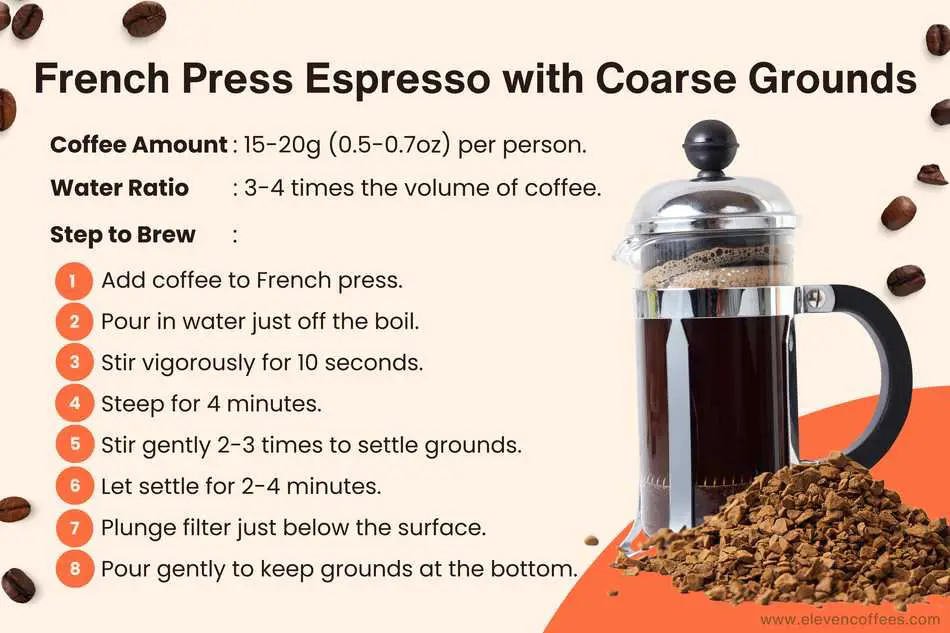
Using finely ground coffee:
- 15 – 20g (0.5 – 0.7oz) coffee per person.
- Three to four times volume water.
- Bring your water to the boil and allow to cool for three minutes.
- Add your coffee to the French press and pour in your water.
- Stir vigorously for five seconds.
- Allow the coffee to steep for one minute.
- After one minute, give the coffee two or three gentle stirs to knock the floating coffee to the bottom of the French press.
- Allow the coffee to settle for one more minute.
- Plunge the filter to just barely below the surface of the liquid coffee (to avoid whipping up the settled coffee).
- Pour gently to ensure the ground coffee stays at the bottom of the French press.
The result will be a very intense, little cup of coffee that can be enjoyed straight or combined with milk to make a cappuccino or latte. Fortunately, the French press is one of the best coffee makers for making milk-based drinks without specialised equipment.
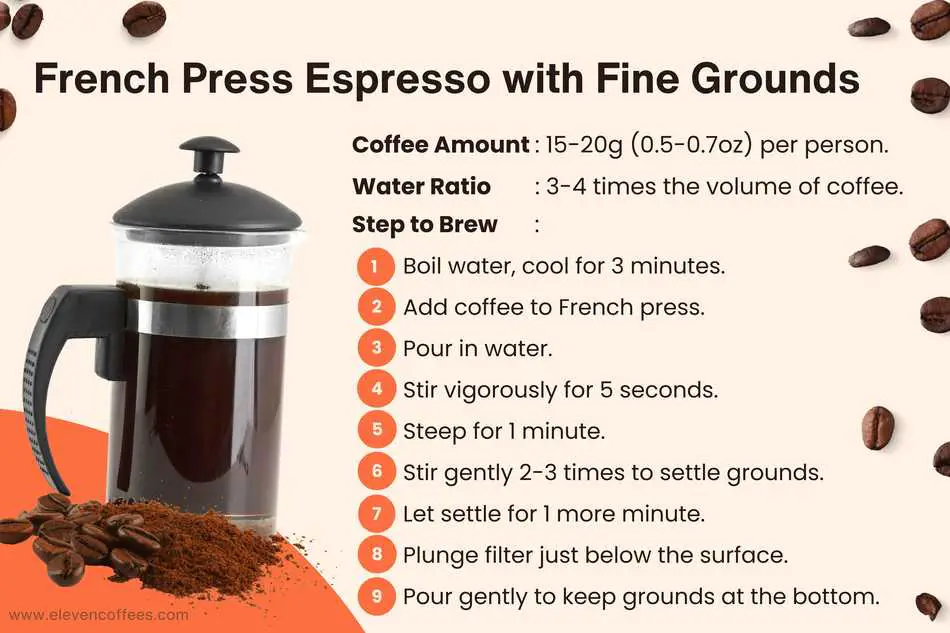
How to make frothed milk foam in a French press
This technique makes for lovely frothy milk that is perfect for making your own cappuccinos or lattes.
- Heat your milk on the hob or in the microwave.
- Half fill your French press with the warmed milk.
- Insert the plunger, and push and pull down on the plunger until the milk has doubled in volume (about 1.5 minutes).
- Pour the milk gently into your cup.
- Optional: hold back the large, frothy bubbles with the back of a spoon, which you can then spoon over at the end.
If you’re heating milk on the stovetop, stir occasionally to prevent a thin layer from appearing on top. Don’t allow the milk to come to the boil, but turn off the heat once you see steam coming from the milk.
Note that milk heats very quickly in the microwave. Start with 30 seconds, stir, then heat in 10-second increments until hot but not boiling.

Alternative coffee maker for better espresso
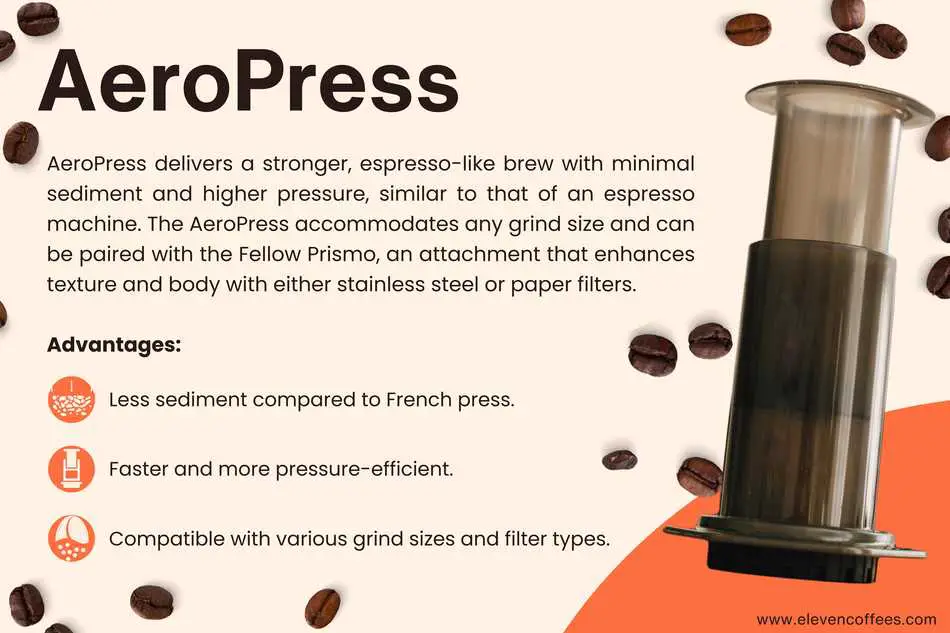
Whilst you can certainly achieve a nice, strong cup of coffee using a French press (as well as delicious, frothy milk), it is a bit of a fuss and can result in a lot of ground coffee sediment ending up in your cup.
One particular coffee maker known as the AeroPress (Amazon link) makes making espresso-like coffee a breeze, and it’s my go-to brewer for ultra-strong coffee when I’m without my espresso machine.
The great thing about the AeroPress is that you don’t have to worry about ground coffee sediment bypassing the filter, and you don’t have to wait around for the coffee grounds to settle before filtering.
What’s more, you generate a lot more pressure when plunging the coffee than you do with a French press, so it’s a lot more similar to espresso in that regard.
While the French press is suited to coarsely ground coffee, the great thing about the AeroPress is that you can use any grind size you prefer.
Fellow Prismo
I also like to use the Fellow Prismo, an aftermarket pressure-actuated filter and lid designed specifically for making espresso-like drinks.
The Fellow Prismo’s stainless steel filter also allows the natural oils in the coffee to pass, giving the coffee more texture and body like you would experience in an espresso.
And if you’d prefer paper-filtered coffee, the great news is that you can use the AeroPress paper filters with the Fellow Prismo too.
Visit the Amazon website to purchase the AeroPress and Fellow Prismo for the best possible prices. If you’d like more information on the AeroPress, check out my post Should I Buy An AeroPress?
And if you’re looking for a new French press, make sure to check out the benefits of owning a stainless steel model, and why you should even consider a French press made from plastic for its superiority over glass versions.


